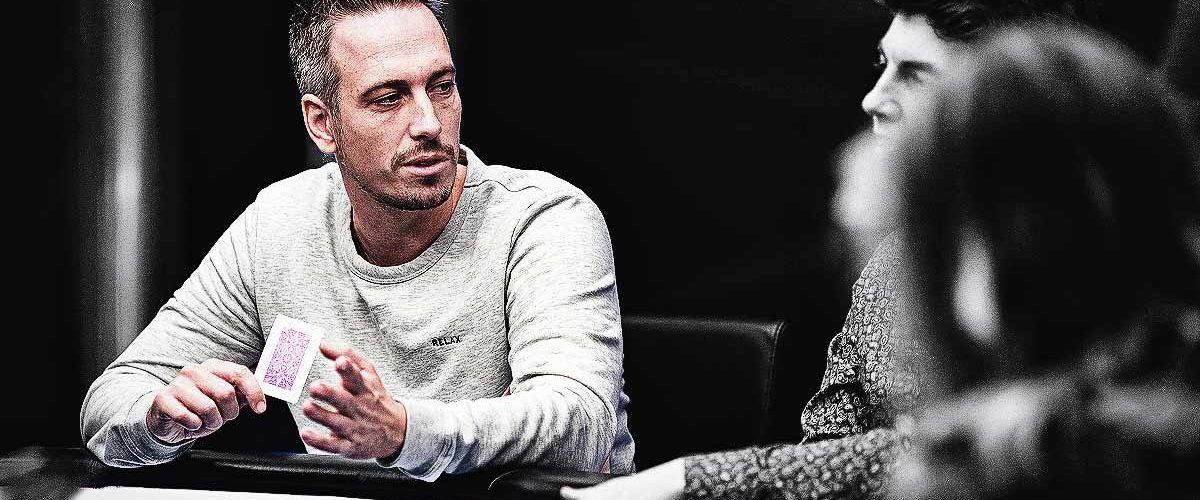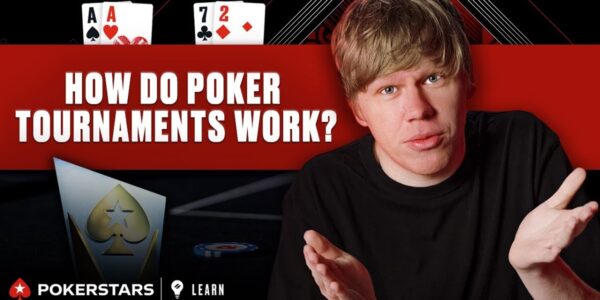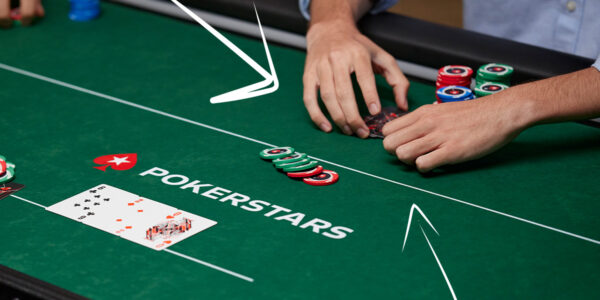Four of the Best Poker Player Styles
Back in 2003, Poker legend Phil Helmuth published Play Poker Like the Pros, in which he classified opponents by analogy to common animals.
The Mouse was absurdly tight, in fact far too tight to ever be a winning player in the modern game. The Jackal was obnoxiously loose – too loose to succeed in a game where anyone knows what they’re doing. The Eagle was a very gifted player who was mysteriously described as ‘one of the top 100 players in the world’. But how good would the eagles of 2003 be today?
Many of the play styles we used to think about as optional have been reduced to absurdity by modern Poker theory, and have become much rarer than they used to be. I’d like to have some fun in this article and invent some Poker animals for the modern era, where technically horrible play cannot win simply due to the quality of your sunglasses or your ability to read body language.
The animals to come are all different in styles but do not exhibit horrible fundamental leaks like never playing a hand or limping into lots of pots like Helmuth’s Elephant. You can choose between the following play styles in your quest to becoming a successful player in the modern era.
The Vulture
The Vulture will study many small and common spots. They will fight for the scraps that other people don’t want and eat the discarded corpses of small pots.
In the long-term, the vulture outplays opponents so effortlessly in small pots that they barely need to study the bigger pots that occur more infrequently. Vultures learn which situations are handled poorly by rival players, and bluff more often than is technically optimal in many situations where they know that the field folds too often.


The Vulture
Vultures exhibit bet-sizes and lines that other regs who are trapped in their rigid box fail to even consider. Sure, Villain might be calling the river a lot here, but are they calling the 25% of the time that they need to in order to stop you from bluffing 3x the pot? No, they’re folding 95% of his range.
Vultures make up for much of the damage suffered by posting big blinds by winning far more than their fair share of small and medium pots, and extracting extra value and fold equity where other regulars do not. Therefore, they have a slow and steady income that protects them from running bad in the bigger pots. When they do run well in the big pots, it’s all over for the competition.
The Porcupine
The Porcupine is much tighter in nature than the Vulture and keeps things by the book. Not the old nitty book about folding all the time, but the modern GTO book.
Porcupines are conservative when it comes to exploiting people and adopt more of a game theory solid approach until they have gathered a lot of information on their opponent. Their base game is balanced and difficult to beat. If you leave them alone, they will not try to exploit you, but once you have stepped out of line, the response will be exploitative in an informed and effective way.


The Porcupine
Porcupines spend most of their study time brushing up on their GTO shell; learning how often they should bet and raise on different board textures and with which hands they construct a prickly fortress that keeps them safe.
By spending this much time on solid theory, however, they might miss out on honing their exploitative game and can be slower to pick up on way to beat the population. The Porcupine’s game is lower EV than the Vulture’s in many spots, but the vulture is victim to counter-exploitation much more often.
The Porcupine style is suitable for math-based players who prefer calculated, objective perfection to the subjective practice of profiting from human weaknesses. Because the Porcupine can play the same base game against most opponents with some success, they are usually able to play a higher volume than more exploitative players who need to be hyper-focused.
The Bear
The Bear is fearless and nasty. They will put you to the test emotionally and technically in the big pots they loves to create. Most of theBear’s exploitative bullying is centred around the areas where people become the most uncomfortable and this, as you might imagine, tends to be in larger pots. The Bear will look at how ranges change dramatically as the pot gets big and seek out spots where players dislike hate to stack off, even when it’s theoretically correct to do so. Bears tend to pick on the tighter side of the population, staying away from other Bears to reduce their variance.


The Bear
Personality-wise, the Bear does not mind losing a few stacks here and there – it’s all par for the course when you’re trying to play as many big pots as possible.
The Bear will be one of the rarer players who has a positive ‘won money without showdown’ line on their Poker graph. Bears are the modern alternative to the old school LAG. If you don’t mind a bumpy line and like to be the aggressor, this could be the modern style for you.
The Owl
The Owl is a low volume, high focus player. They avoid playing lots of tables because they have incredibly high standards as to how they will play hands. They do not tolerate anything below 95% of their ability level. They will notice every detail at the table, and will have extensive bank of notes on theiropponents.
This is the sort of player who knows what your imbalances are long before you do. They will remember a hand from three weeks ago that you have long forgotten. The owl might have a lower hourly profit than the porcupine but will have a much higher BB/100.


The Owl
The Owl is very unlikely to stagnate as they will always be critically evaluating their game and seeking perfection. They see all pots as equally worthy. Unlike the Bear, they do not seek out big pots, but are not averse to them. Unlike the Vulture, they do not specialise in small pots, but certainly won’t neglect them.
Between these four animals, you may see a style that you think would suit your game, or you may even already see yourself in one of them. What’s important to take away is that, while these are all types of winning players, they do have their unavoidable downsides – and that there is no ‘perfect’ playing style. A player must simply find the style that they can master and unleash their inner animal.











